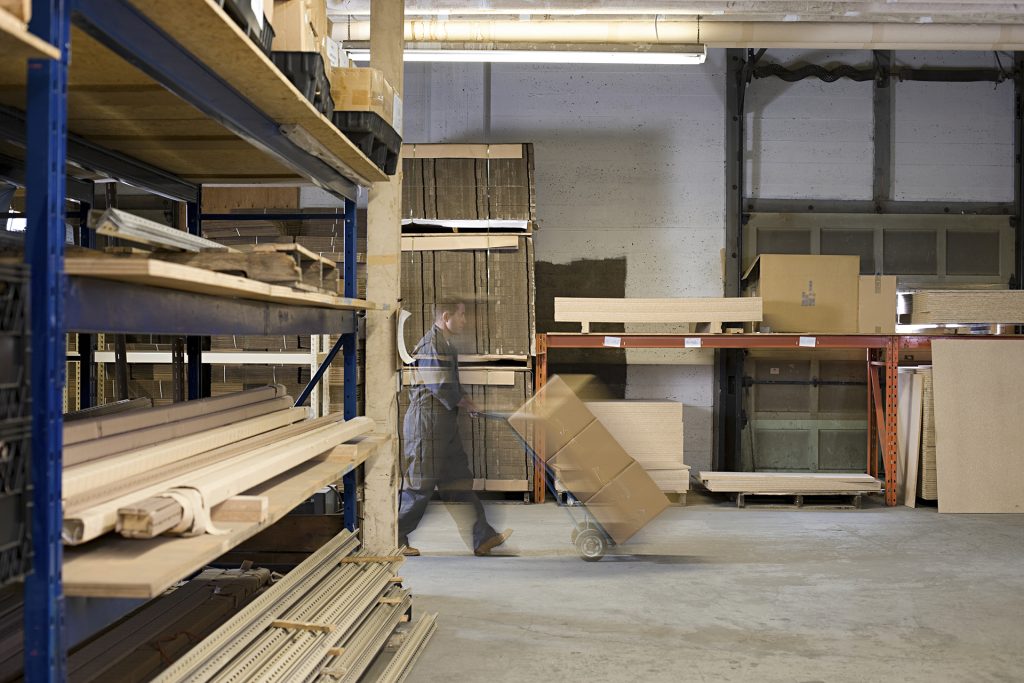Rex Nordic diesel heater – reliable warmth, real fuel savings

Efficient heating isn’t just about power – it’s about getting warmth where it matters and keeping it there. Rex Nordic diesel infrared heaters have proven across Finland’s harsh winters that consistent comfort doesn’t have to mean high operating costs. The following real-life examples from Finland show how Rex Nordic keeps large warehouses and workshops warm throughout long winters – while using surprisingly little fuel. Proven results with infrared heating: only 0.66 gallons per day Many users are surprised to see how little fuel Rex Nordic diesel heaters actually consume. They’re built to heat large spaces evenly and efficiently, without wasting energy. Grels Ström, a retired technical specialist from Rex Nordic, uses a Rex Nordic heater in his 5,400 sq ft (500 m²) warehouse. The building has ceiling insulation, drywall walls, and a concrete floor – an ideal structure for retaining heat. Previously, the space was heated with direct electric heaters, but switching to diesel cut both energy use and costs dramatically. Ström explains: “At first, fuel use can be a bit higher. It usually takes about a week or so for consumption to stabilize. Infrared heat is absorbed directly into the structures, and once they’re fully warm, it takes surprisingly little fuel to keep the temperature steady.” He maintains an indoor temperature of about 59 °F (15 °C) even when it’s freezing outside. Once the building is fully warm, daily fuel consumption averages just 0.66 gallons (2.5 liters) of diesel. The Rex Nordic heater has run reliably for years without any issues or need for service. A slightly higher initial fuel use is completely normal. Building materials often contain moisture that must dry out first. Once dry, the heating system runs at peak efficiency – and the savings are immediate. This is where Rex Nordic infrared technology truly stands out: the heat is stored in the building’s structure and released steadily. After that, only short heating cycles are needed to maintain comfort, and the savings show directly on the fuel bill. Smart thermostat keeps fuel use to a minimum Every Rex Nordic infrared heater comes with a built-in thermostat designed to keep fuel consumption as low as possible. The heater starts and stops automatically to maintain the target temperature. Diesel is metered precisely – only as much as needed, never more – keeping use to an absolute minimum. In everyday operation, the heater works independently. Once the structure is warm, it maintains a steady temperature with short operating intervals. There’s no need for constant adjustments – the thermostat takes care of everything automatically. Unlike traditional forced-air heaters, Rex Nordic units don’t blow hot air to the ceiling or lose it when doors open. Infrared heat radiates directly into walls, floors, tools, and machinery, which absorb and store the warmth. When doors are opened, the stored heat in the structures quickly restores the indoor temperature. Long-term savings proven in Finland Another example comes from Markku Ojanen, who heats a 1,695 sq ft (480 m³, 10 ft high) insulated building. It was previously heated with radiators and fan heaters that consumed about 660 gallons (2,500 liters) of oil each year. After switching to a Rex Nordic AH-310 diesel heater, the difference was immediate. During the first winter, fuel use dropped to around 264 gallons (1,000 liters) per year – less than half of what it was before. He maintains a steady indoor temperature of 48–50 °F (9–10 °C) and raises it to 55 °F (13 °C) while working. Over ten years, the total savings have reached roughly $10,000–$12,000, and the same heater is still running flawlessly. “Maintenance has been done on schedule, but it’s never needed a single repair,” Ojanen says. “It just keeps going.” Sustainable heat that lasts Rex Nordic infrared heating works on a simple but powerful principle: instead of heating air, it radiates warmth directly into surrounding surfaces. Floors, walls, and objects absorb the heat just like sunlight warms your skin on a cool day. Once these surfaces are warm, they release the heat evenly back into the air, keeping the temperature consistent. This stored warmth acts as a natural heat buffer, which keeps fuel consumption low after the first few weeks. The heater only runs as much as necessary to maintain the balance. That’s what makes infrared heating so effective compared to traditional forced-air systems. Infrared heat doesn’t escape when doors open or air circulates – the warmth stays stored in the structure, ready to rebound. The result is lasting comfort and real savings, even in demanding winter conditions. Site 1 – Warehouse (Finland) Type: Warehouse 1,695 sq ft (approx. 480 m³) Structure: Concrete floor, insulated ceiling, drywall walls Previous heating: Direct electric New solution: Airrex diesel infrared heater Maintained temperature: 59 °F / 15 °C in freezing weather Average daily fuel consumption: 0.66 gal / 2.5 L diesel Maintenance: Reliable performance, almost no servicing required Savings: Fuel use is significantly lower than the previous system Site 2 – Insulated hall (Finland) Type: Insulated hall (3,875 sq ft / 360 m², 10 ft / 3 m height) Previous system: Radiators + fan heaters Previous fuel use: ~660 gal / 2,500 L oil per year New system: Airrex AH-300 diesel heater Current fuel use: ~264 gal / 1,000 L per year Years in operation: 10 years Estimated savings: $10,000–$12,000 over 10 years Reliability: Same unit still running perfectly, no repairs needed
